Ermes Ardizzone
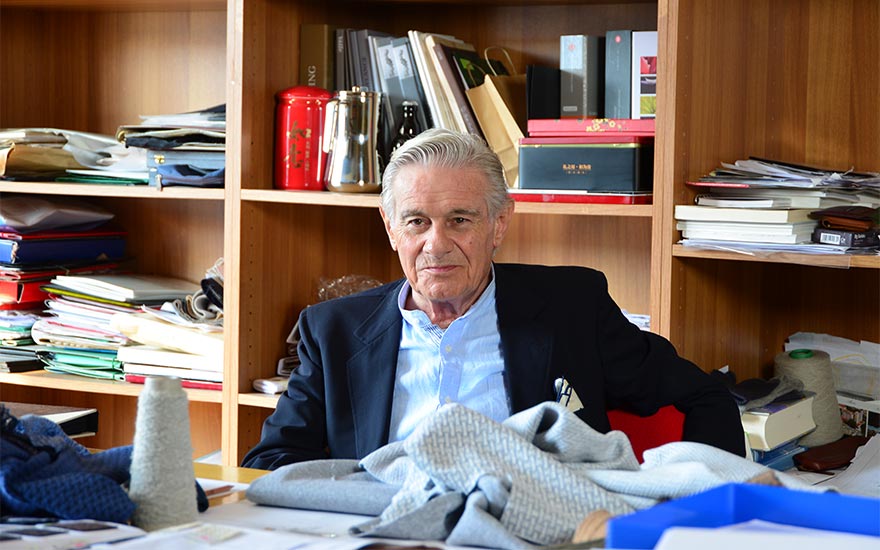
ERMES ARDIZZONE, was born in 1935, in Borgosesia (Italy). In 1954, he graduated as a Textile Consultant from the Technical Institute of Q.Sella in Biella. In the same year he was hired by the Loro Piana Wool Mill. In 1957, he was put in charge of the Men’s Line (which he helped to create, as until 1955, the Loro Piana had only produced fabrics for women) and in 1963 he was also made the director for the Women’s Line.
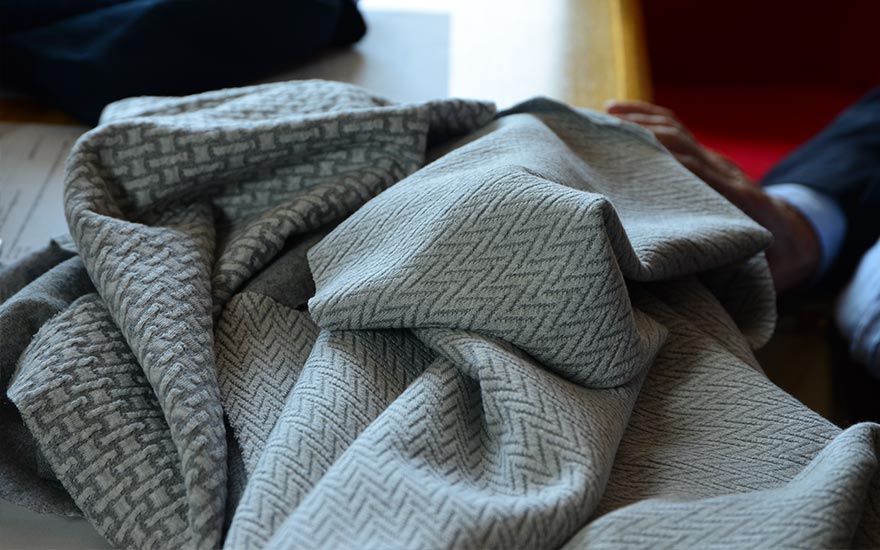
During this period he devoted himself to the research of fine fabrics for coats (noble fibers) and the “Blin/Blin” technique (finishes based on the texture of the fabric), both for the men’s and the women’s lines. For the men's collection, he analyzed and created a new suit fabric, originally designed for priestly vestments, which inspired Loro Piana’s famous “Superlight” fabric, now known worldwide under the name TASMANIAN.
In these years, he also established close friendships and working relationships with emerging designers of the time such as:
- Giorgio Armani
- Gianni Versace
- Valentino Garavani
- Giorgio Corregiari
- Gianfranco Ferrè
- Enrico Coveri
- Mariuccia Mandelli
- and many others
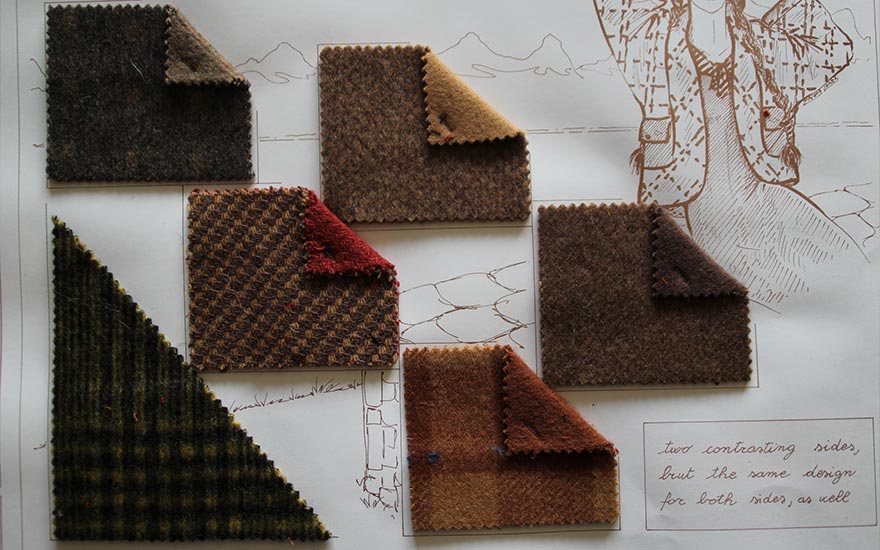
In 1976, he began his own enterprise, ranging from wool to silk, cottons to linens. He worked with natural plant fibers, using new and revolutionary techniques, never before practiced, midway between the traditional techniques used for such fibers and those used for wool. In order to learn more about these new studies he attended the Lyon Institute in France and the University of Belfast in Ireland for a few months.
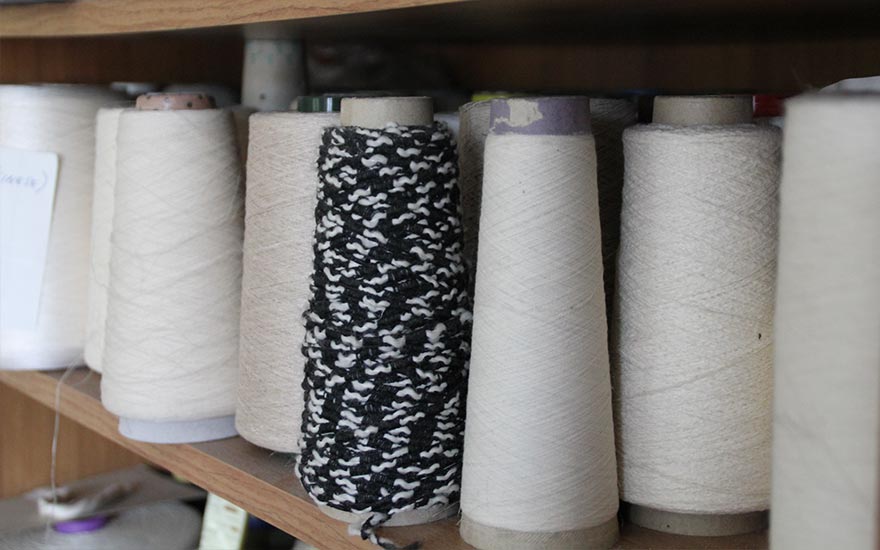
The study and use of these new techniques has enabled the production of innovative fabrics that have had tremendous success on the market, so much so that his collaboration with the most renowned designers has grown and expanded, recognizing Mr. Ardizzone as one of the most prestigious and innovative textile creators of the era on both technical and stylistic levels. His color cards have been sought all over the market. These creations have also brought significant benefits to other Biellesi textile industries which have acquired these new methodologies for the production of woven garments.
At the same time, due to his immense creativity and technical skills, he provided consultation on threads and fabrics to many Italian and foreign companies:
-
Bona Carignano (Italy) - 3 years;Fossati e Lamperti (Monza);Cotonificio Testa di Romentino;Miyuky (Japan) - 8 years;Kitama (Japan) - 3 years;Cheil - Samsung Group (Korea) - 10 years;Cinsa (Peru) - 6 years;Kreps (Germany) - 8 years;Polgat (Israel) - 12 years;Guney (Turkey) - 6 years;Aksu (Turkey) - 2 years;Creditex (Peru) - 2 years
-
Botto Luigi & F.lli Fila (Italy) - 5 years;Stevens (USA) - 2 years;Josef Otten (Austria) - 5 years;Moesmer (Italy) - 2 years;Novalan and San Ildefonso (Mexico) - 4 years;Leggiuno spa (Italy) - 3 years;Zegna Baruffa (Italy) - 23 years;Filatura di Tollegno-Lana Gatto (Italy) - 2 years;Filpucci (Italy) - 1.5 years;Quadrifoglio (Italy) - 4 years;Staedytex (China) - 4 years;American Woolen Co. (USA) - 1.5 years.
In the 80s, the Ardizzone fabric collections, whose products had been enriched with fabrics of wool, cashmere, silk, and all the noble fibers, which was spun, warped, woven, and finished on a reel, are known worldwide and his ties with prestigious clients and designers were strengthened.
-
Giorgio Armani;Gianni Versace;Valentino;Max Mara;Polo Ralph Lauren;Donna Karan;Anne Klein;Calvin Klein;Chanel;
-
Hermes;Christian Dior;Hugo Boss;Escada;Burberry;Austin Reed;Raika;World;and many others.
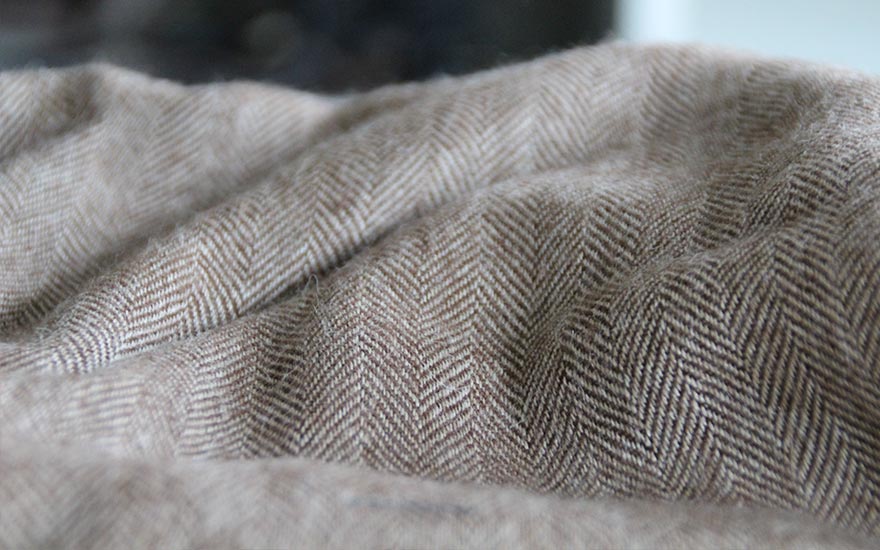
During the same period, he collaborated very closely with Louis Vuitton, creating an exclusive cashmere/silk scarf inspired by an ancient artisan Indian manufacturing tradition.
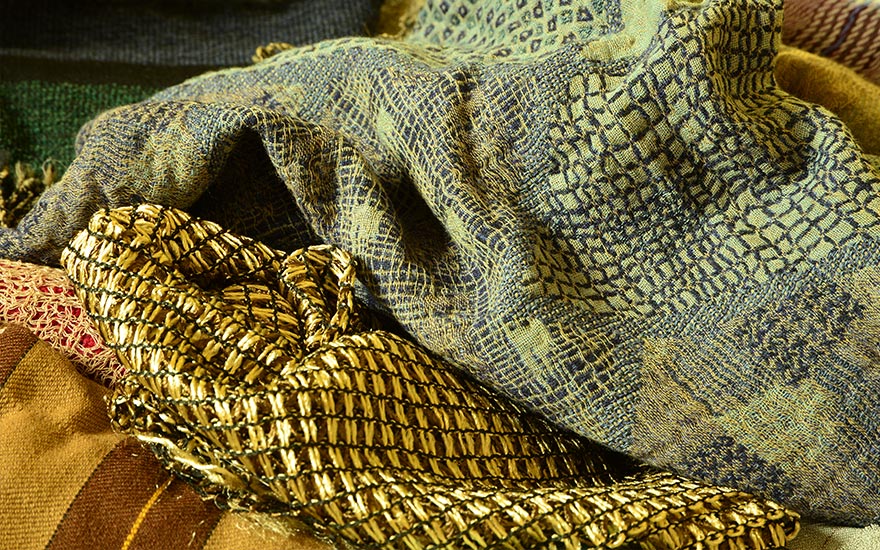
In the 90s, he started a new enterprise, LINE ARDIZZONE - MANBOR (with three very influential members of the textile world, Zegna Baruffa, Mantero Seta and Tomio Taki). MANBOR produced medium to high quality high fashion fabrics for men’s and women’s clothing. In 1998, through Manbor, he launched a partnership with an Israeli textile company, initially by consulting to them and subsequently by analyzing their ability to sell pure Made in Israel cashmere in the US (wherein Ermes Ardizzone supplied his extensive know-how), creating considerable economic advantages for them.
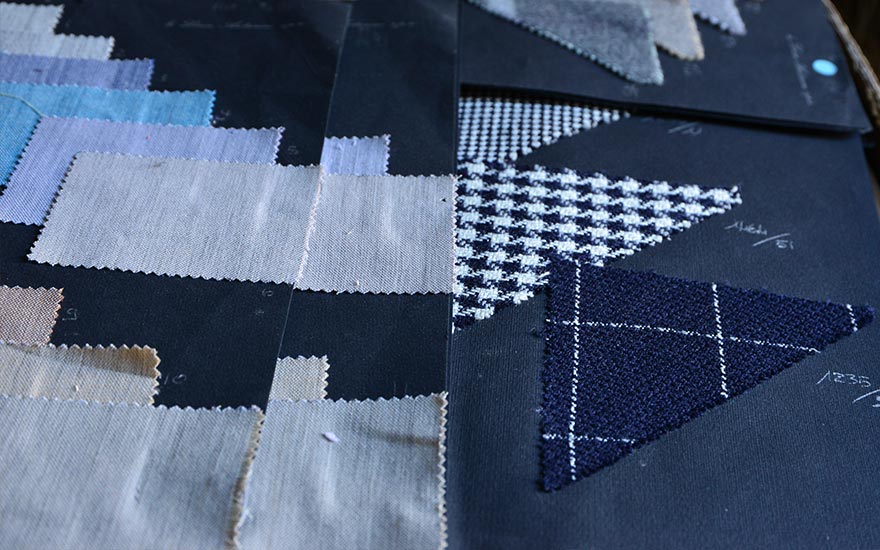
In 2001, he left Manbor, his collaboration with the Israeli company developed and strengthened. In the same period, new opportunities arose in Italy; on the one hand, there was the production of linen and cotton, innovative fibers which had been studied nonstop since the 70s, and on the other hand, there was the development of special, new silk products. He also curated the sample collections for two primary Biella textile companies (BOTTO LUIGI and FILA). In the following years, his partnership with the Israeli company evolved but then faded out, because as a result of strong pressure from some customers, they shifted all production to Italy.
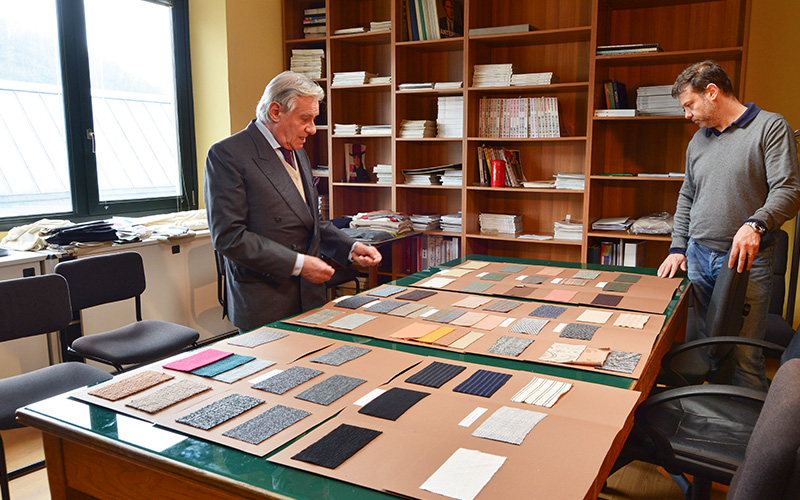
Over the last few years, Ermes has been joined by his son Andrea, and the company has continued researching into the textile business and has become increasingly specialized in the development and study of raw materials, threads, patterns, color matching, and finishes on the final fabrics. Our product is a niche since only noble and natural fibers are used. At present, he also developed a collection for a clothing company specializing in shirts which requires elegant sample selections for clothing.
The story continues